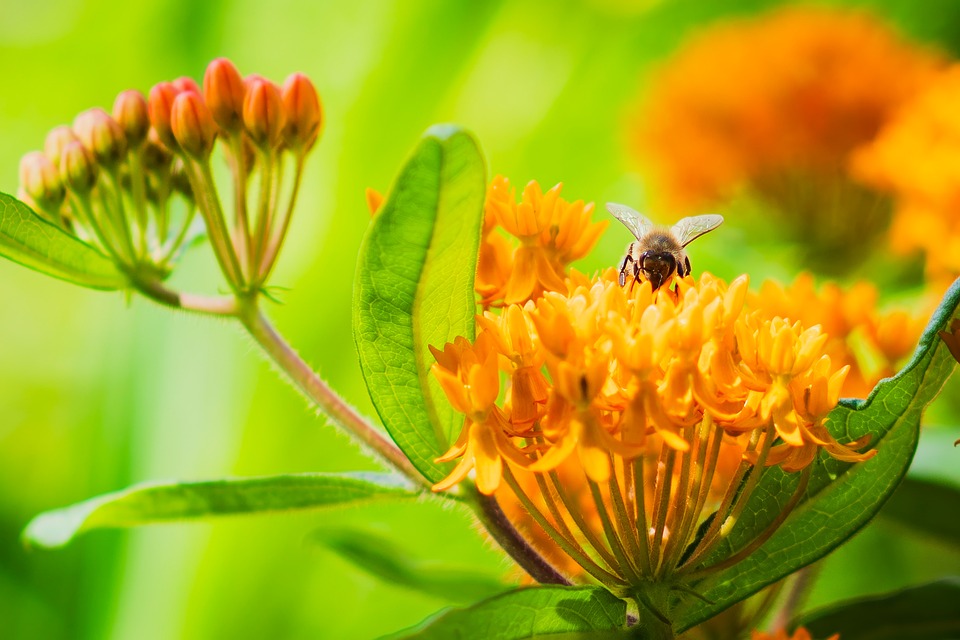In recent years, the impact of human activities on wildlife extinction has become an increasingly pressing issue. The rapid decline in biodiversity across the globe is a stark reminder of the interconnectedness between humans and the natural world. The destruction of habitats, pollution, overexploitation, and climate change are just some of the key drivers of wildlife extinction, with human activities at the forefront.
The Historical Context of Wildlife Extinction
Throughout history, human activities have been linked to the extinction of numerous species. From the hunting of megafauna during the Pleistocene era to the decimation of populations through deforestation and industrialization, humans have played a significant role in shaping the fate of wildlife. The extinction of the passenger pigeon, the Tasmanian tiger, and the dodo are just a few examples of how human actions have led to the loss of unique species.
The Current State of Wildlife Extinction
Today, the rate of wildlife extinction is alarmingly high, with the World Wildlife Fund estimating that populations of mammals, birds, fish, reptiles, and amphibians have declined by 68% since 1970. The destruction of habitats, pollution from agricultural runoff and plastic waste, overhunting, and climate change are all contributing to this crisis. Species such as the Sumatran tiger, the black rhinoceros, and the vaquita porpoise are just a few of the many that are on the brink of extinction due to human activities.
Factors Contributing to Wildlife Extinction
– Destruction of habitats through deforestation and urbanization
– Pollution from agricultural runoff, plastic waste, and industrial activities
– Overexploitation through hunting and fishing
– Climate change leading to habitat loss and changing ecosystems
Case Study: The Impact of Plastic Pollution on Marine Life
One of the most pressing issues facing marine wildlife is plastic pollution. Each year, an estimated 8 million tons of plastic waste end up in our oceans, endangering marine life such as sea turtles, seabirds, and fish. Plastic debris can entangle marine animals, block their digestive systems, and release toxic chemicals into the water, leading to widespread harm and death.
The Future of Wildlife Extinction
If current trends continue, experts predict that we could be facing a mass extinction event within the next few decades. The loss of biodiversity has far-reaching consequences for ecosystems, human health, and the economy. Without urgent action to address the root causes of wildlife extinction, we risk losing countless species and irreversibly altering our natural world.
Expert Insights on Wildlife Conservation
– Dr. Jane Goodall, renowned primatologist and conservationist, emphasizes the importance of habitat protection and community engagement in wildlife conservation efforts.
– Dr. Sylvia Earle, marine biologist and founder of Mission Blue, advocates for the creation of marine protected areas to safeguard ocean ecosystems and biodiversity.
Statistical Data on Wildlife Extinction
– According to the International Union for Conservation of Nature (IUCN), more than 27,000 species are currently threatened with extinction.
– The Living Planet Index, produced by the WWF, shows a 68% decline in global wildlife populations since 1970.
Conclusion
The connection between wildlife extinction and human activities is undeniable. It is imperative that we take immediate action to address the root causes of this crisis and protect our planet’s biodiversity for future generations. By raising awareness, supporting conservation efforts, and advocating for sustainable practices, we can make a tangible difference in preserving the precious wildlife that inhabits our planet. Thank you for engaging with this important topic, and I encourage you to explore further resources on wildlife conservation to deepen your understanding and involvement in this crucial issue.









